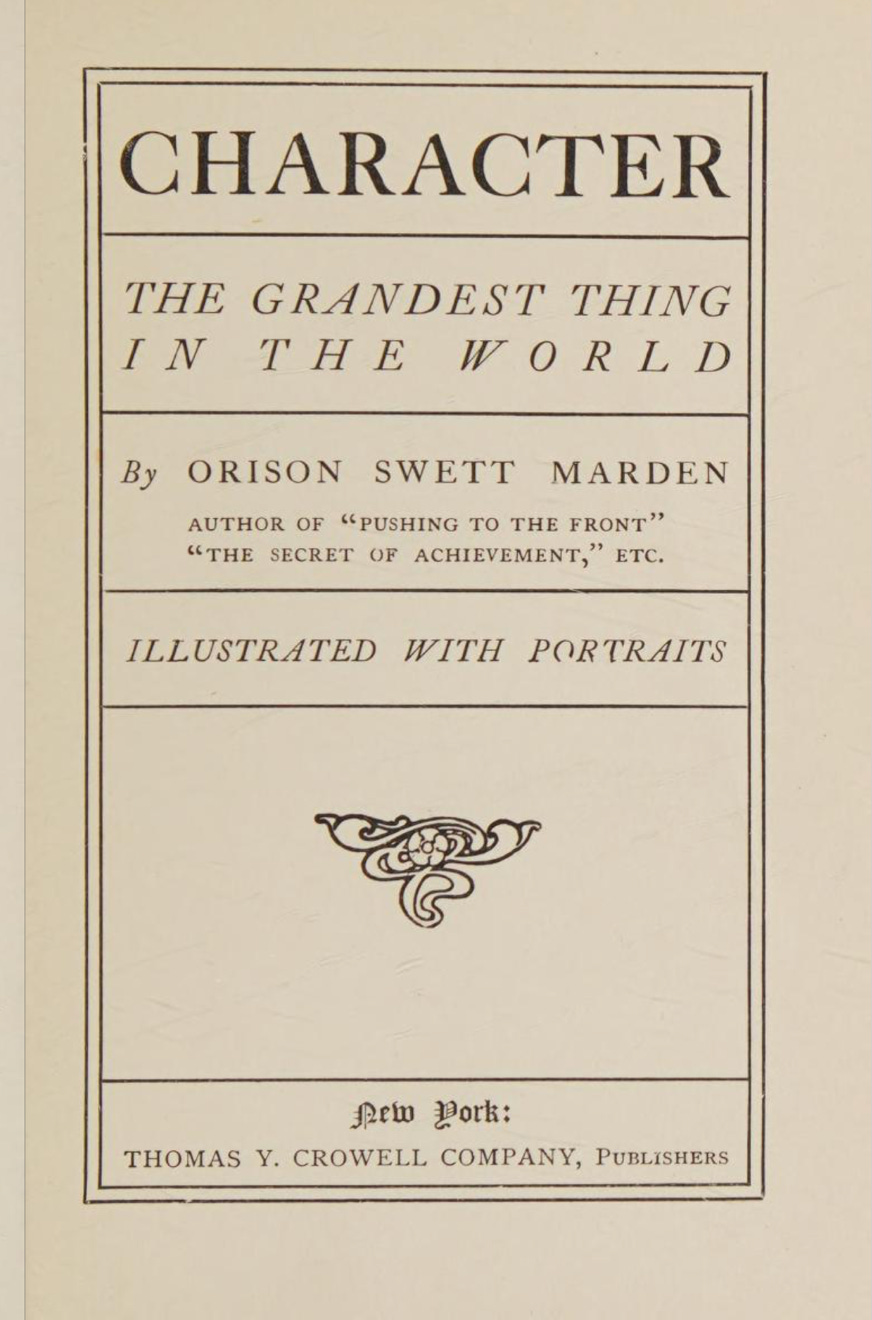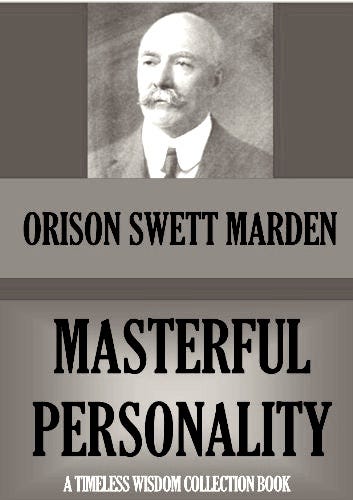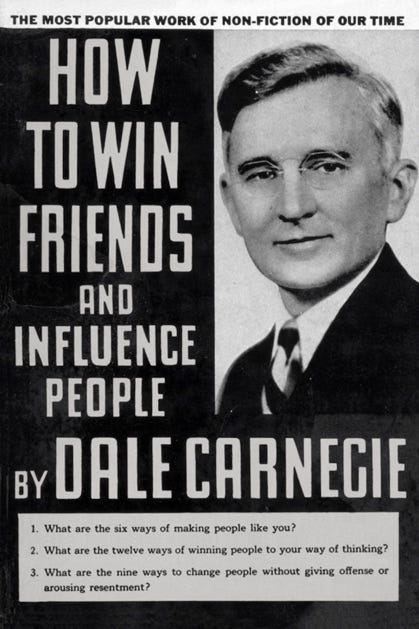One of the first movie stars, actor Douglas Fairbanks is marked out from the crowd in 1918, promoting the sales of Liberty Bonds on Wall Street for the war effort. He was himself a passionate consumer of personality development self-help literature.
last week saw in the funeral of President Carter the death not just of a man but of something else. It was something that can serve as a mark and measure of those who should lead. This something is called ‘character’ - something Dan was mourning perhaps as much as James Carter himself. What is character? Why and when was it abandoned? And what has replaced it? What are the new selection criteria for leadership of countries and of culture?According to historian Warren Susman, it has been a hundred and twenty-five years since a ‘culture of character’ began to be systematically replaced in the west, with a ‘culture of personality’1. Both these concepts of character and personality can be seen as pointing the way towards success, acceptance in society and happiness of the individual. So why is a shift from one to the other seen as so significant?
It was the 18th century that claimed the culture of character. Manuals teaching the educated classes how to gain this prize were associated with words such as ‘citizenship’, ‘duty’, ‘democracy’, ‘work’, ‘honor’, ‘morals’, ‘integrity’ and ‘reputation’1. Character offered “a method of presenting the self to society, offering a standard of conduct that assured interrelationship between the “social” and the “moral”1. Character was “self-control or self-mastery…sacrifice in the name of some higher law, ideal of duty, honor, integrity…obedience.”1 This reflected their ability to maintain relationships and cause those around them to flourish. With an emphasis on responsibility, it was not self-serving. And it was seen perhaps more in the person’s private life than in their public persona.
Orison Marden is an author who uniquely witnessed the tipping point from the culture of character to one of personality at the end of the 19th century. He wrote ‘Character: The Grandest Thing in the World’ In 1899. But two decades later he was publishing a book titled ‘Masterful Personality’. In the first book, Marden’s writing reflected what character had come to mean. It was “pure, upright, intelligent, strong and brave, possessing a sense of duty…moral courage, personal integrity and the highest kinship of soul”1. In Masterful Personality, something has changed. This book was about how to “sway the masses”. Men should develop “personal charm” and women should become “fascinating”1. It was about how to “compel people to like you”1. The qualities to pursue were no longer referencing a moral code or the common good. His writing was no longer about what we are, but about what people think we are. By the time Dale Carnegie published ‘How to Win Friends and Influence People’2 in 1936, the revolution was in full swing.
Today, if the culture of personality is reaching a peak, then it has become normalised and invisible. But at the start of this renaissance, when it was new, self-help books had to spell out what this new culture meant. Personality manuals used terms such as “stunning, attractive, magnetic, glowing, masterful, creative, dominant, forceful.”1 It was the importance of being “different, special, unusual.”1 Many manuals about how to develop personality used the word ‘crowd’ to describe the masses in which we might fail, unless we are careful, to stand out. As the likes of Charles Chaplin grew as stars of silent cinema, film studios contrasted wide shots of the masses with the close-up of the distinct, charismatic individual. The goal was no longer to have character that would show up in integrity and relationships, but to make people think “he’s a mighty likeable fellow.”1 A strong personality began to be equated first with the successful salesman (Carnegie’s own story), then the success of the public figure, and then, just success. As a conclusion, Susman says that “the social role demanded of all in the new culture of personality was that of the performer. Every American was to become a performing self.”1
What is this strong personality that Susman describes? Is it just personality as a whole? Or is it something with a more specific name?
An individual’s personality is defined as “the enduring set of Traits and Styles that he or she exhibits, which characteristics represent (a) dispositions… of this person and (b) ways in which this person differs from “the standard normal person” in his or her society.3 Personality is something broader.
Susman is a historian uninterested in narcissism. But his emphasis on performance, charisma and fascination in this cultural revolution, seems to define narcissism specifically more than it defines personality as a whole. He notes how one manual promised that “to create a personality is power.”1 One observer of early film star culture observed that “Indeed, it is now essential that the politician, the man of ideas, and the non-performing artist become performers so that they may become celebrities so that in turn they may exert genuine influence on the general public.”4 We are not far from the idea of fame as leadership.1
According to most theories of narcissism, its features include performing and attracting admiration and status. The DSM diagnostic criteria for narcissistic personality disorder are no exception. Validation and connection are achieved through achievement, attractiveness and charisma – in place of nurturing relationships. Distance from emotional vulnerability has become a priority. In line with this, self-help manuals about developing ‘personality’ have often named “feeling superior” as the goal.1
It is narcissism that turns away from nurturing emotional connectedness and integrity towards disinterest in both the needs of others and moral codes5. Most theories describe narcissism as being born as a response to a childhood with an overwhelmingly judgmental or condemning atmosphere.6 And even this unlikely detail is referenced in Susman’s description of the birth of personality culture:
“In the period from 1910 through to the late 1920s, the problem [with having a weak personality] was most often defined in terms of guilt and the need to eliminate guilt.”1
The mainstream narrative of narcissism tends to edit out the persona and performance face of narcissism. This is perhaps because it is mainly concerned with destructive relationships and the perpetrator face of this phenomenon. But as a result, we miss that this ‘culture of personality’ which has escalated over the past century could be better named a culture of narcissism. Is this a problem? Narcissism has delivered some valued political leaders, and here I have looked at the lives of such valued ‘big personalities’ as Marlon Brando, John Lennon and Marilyn Monroe. But power and admiration are most urgently sought where powerlessness and vulnerability have been experienced most as unsafe. I have found in my exploration of icons, that behind the ‘big personality’ there is often trauma. And alongside the performance face of narcissism, there is sometimes a perpetrator face. This comes to light in our news feeds as the fall from grace of the admired celebrity or leader.
Psychopathy might be the extreme opposite of ‘good character’. I have argued (here) that it can be seen as a severe extension of narcissism. The author of the Psychopathy Check List, Robert Hare contrasts two cultures with reference to psychopathy in the work place. He warns that a modern corporate culture focussed on flair and individual merit can run the risk of abandoning certain checks and filters. These are the beaurocratic rules, disciplinary procedures, methodical reference checks and team working which shed a cold impartial light. Hare argues that the loss of these structures, concerned as they are with the facts of past conduct and relationships, helps the corporate psychopath rise to power.7 What would this same warning sound like in a political context?
As a culture for holding modern society together, character itself had its flaws. It was over-serious, sexist, overtly religious and black and white (good or bad). But it seems the pendulum has now swung away to a place that we can only dare to name ‘personality’. Yes, there can be healthy levels of narcissism. But the competition for high celebrity status does not favour mild narcissism - part of a wide repertoire of strategies for living. Instead, we select for the most distinct, most charismatic all-or-nothing candidate.
As criteria for success, we have moved from requiring standards of behaviour and integrity as non-negotiable elements, to persona being the non-negotiable element. As culture shifts in favour of the charismatic individual, then narcissism and trauma become spotlighted for promotion and favour. These have become the kings and queens of the modern west. There is a certain poetry or justice in the traumatised becoming our royalty. But there are also some unwanted effects. We select, in narcissism, for self-centredness and poor emotional intelligence. We select for a lack of concern for truth, for collaboration and for emotional connectedness.
So, we find ourselves in an odd situation: In therapy sessions across the west as you read this, adults are being treated for a ‘characterological problem’ called narcissism. At the same time this problem, under the guise of ‘personality’ has become the main selection criterion for cultural and political leadership. In our partner, we cannot tolerate emotionally dismissive and exploitative behaviour. In those who rule us, we accept these same behaviours in large doses.
Disclaimer: All views expressed are my own unless otherwise stated, and do not necessarily reflect the views of any institution I have been employed by. The content here is for information and should not be interpreted as advice.
Notes
1. Susman, W. (2003). Culture as History: The Transformation of American Society in The Twentieth Century. Washington DC: Smithsonian Institute Press.
2. Carnegie, D. (1936). How to Win Friends and Influence People. Simon & Schuster.
3. Bergner, R.M. (2020). What is personality? Two myths and a definition. New Ideas in Psychology, 57.
4. Schickel, R. (1974). His Picture in the Papers: A Speculation on Celebrity in America Based on the Life of Douglas Fairbanks. New York.
5. Malkin, C. (2015) Rethinking Narcissism. Harper Wave
6. Diamond, D., Yeomans, F.E., Stern, B.L. & Kernberg, O.F. (2022) Treating Pathological Narcissism with Transference Focussed Therapy. Guildford.
7. Babiak, P. & Hare, R.D. (2006). Snakes in Suits: When Psychopaths go to Work. Harper.








Thank You Dr. Simon Rogoff, your analysis is powerful in illuminating the systemic roots of this shift from a culture of character to a culture of personality. It isn’t just about individual behaviors or preferences but reflects deeply ingrained societal norms and values that perpetuate and reward certain traits over others.
By framing this transformation within historical, psychological, and cultural contexts, you offer not only clarity but also a call for awareness about how we engage with these systems.
What resonates most is how you connect the rise of narcissistic traits in leadership to trauma and systemic dysfunction. It sheds light on how the very mechanisms that elevate individuals to positions of influence often mirror the unresolved struggles within our collective psyche. This perspective is not only thought-provoking but also deeply humanizing, as it encourages us to see the broader patterns at play rather than simply pointing fingers at individuals.
Your insights encourage reflection on how we, as participants in these systems, contribute to perpetuating them—consciously or unconsciously.
It’s a reminder of the agency we have in questioning these norms, rethinking the qualities we value in leaders, and fostering environments that prioritize connection, integrity, and collective well-being over performance and charisma.
Thank you for articulating this so clearly and compellingly. It opens up a vital conversation about how we can collectively create systems that reflect and nurture the values we wish to see in the world.
Among all your perceptive writing here, Dr. Rogoff, this is my favorite post. I find that it brings so many threads together in such a concise manner. This is important stuff for us all.